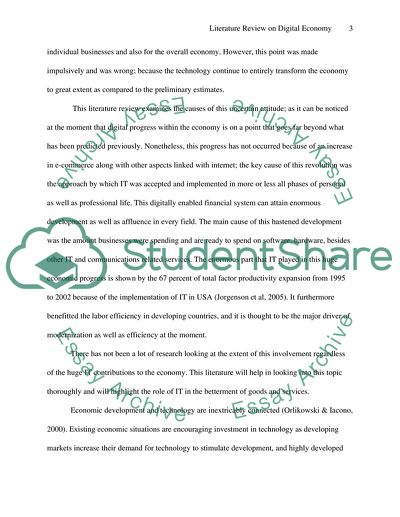Cite this document
(Digital Economy as an Innovative Configuration of the Economy Literature review, n.d.)
Digital Economy as an Innovative Configuration of the Economy Literature review. Retrieved from https://studentshare.org/e-commerce/1814675-assignment-title-literature-review-module-title-digital-economy
Digital Economy as an Innovative Configuration of the Economy Literature review. Retrieved from https://studentshare.org/e-commerce/1814675-assignment-title-literature-review-module-title-digital-economy
(Digital Economy As an Innovative Configuration of the Economy Literature Review)
Digital Economy As an Innovative Configuration of the Economy Literature Review. https://studentshare.org/e-commerce/1814675-assignment-title-literature-review-module-title-digital-economy.
Digital Economy As an Innovative Configuration of the Economy Literature Review. https://studentshare.org/e-commerce/1814675-assignment-title-literature-review-module-title-digital-economy.
“Digital Economy As an Innovative Configuration of the Economy Literature Review”, n.d. https://studentshare.org/e-commerce/1814675-assignment-title-literature-review-module-title-digital-economy.


